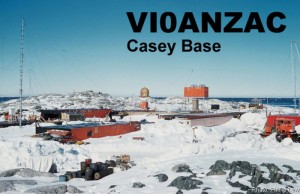
From the WIA, original post here.
Date : 24 / 11 / 2015
Author : Fred Swainston – VK3DAC
After duties involved with the landing of the giant RAAF C17 Globemaster supply aircraft, VI0ANZAC was activated on Sunday November 22, from 0205 to 0447 UTC.
Doug VK0DMV saw the largest aircraft to land in Antarctic touch down and begin to unloaded, before heading off the put VI0ANZAC on air for the second time – his earlier WIA ANZAC 100 program session was in August.
During the time VI0ANZAC worked 68 stations mostly in VK. Propagation was interesting. On 20m at the start of the activation Doug was receiving good reports into VK5, in particular from the radio amateurs around Mt Gambier. About 30 minutes later the VK7’s and VK3’s kicked in. All the time the signals were getting stronger. He then proceeded to have VK2‘s and some VK4’s. Only one VK6 was worked, and several in the Pacific Islands.
Doug changed to 15m for the last 30 minutes of the activation and made a further 15 contacts. Based in the contacts made it appears that the antenna used was somewhat directional. He experienced high noise levels again in this activation. This transceiver has an output of 50 watts and considering the distances the, result is great.
eQSL and QSL cards via the Bureau will be sent for all contacts made. Doug VK0DMV has agreed to be one of the guest speakers at the WIA 2016 AGM on Norfolk Island, with pictures and first-hand accounts of his Antarctic exploits

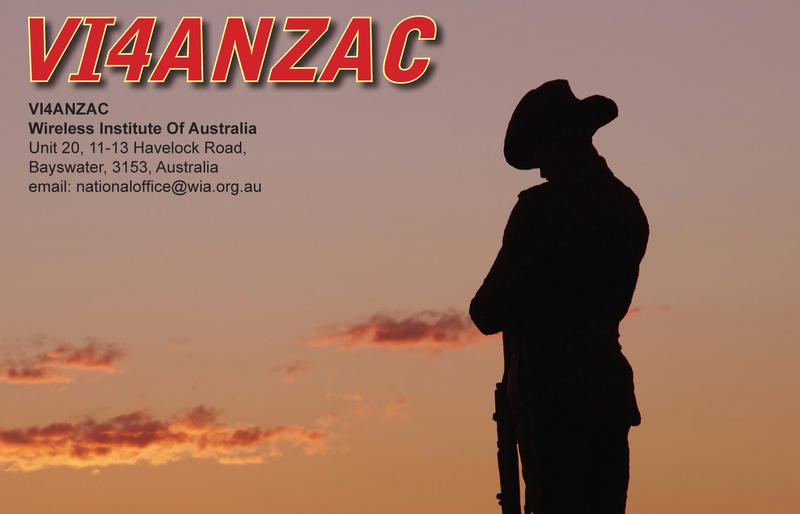
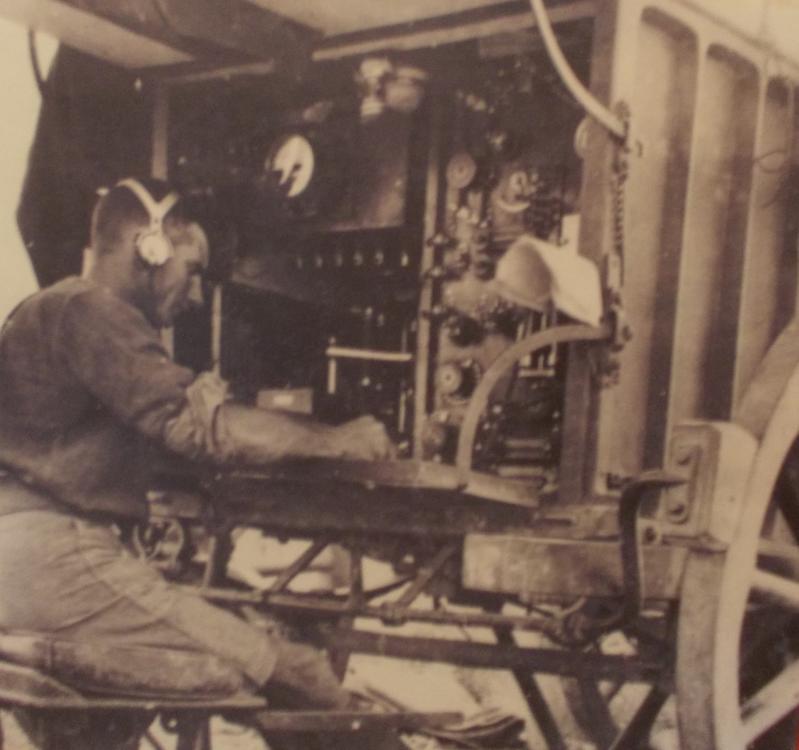
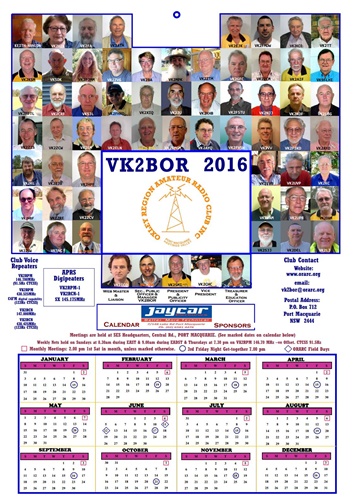

 Click ‘Leave a reply’, enter your comment and your response will soon appear (after it’s been moderated if it’s your first post, or immediately if you’ve commented before).
Click ‘Leave a reply’, enter your comment and your response will soon appear (after it’s been moderated if it’s your first post, or immediately if you’ve commented before).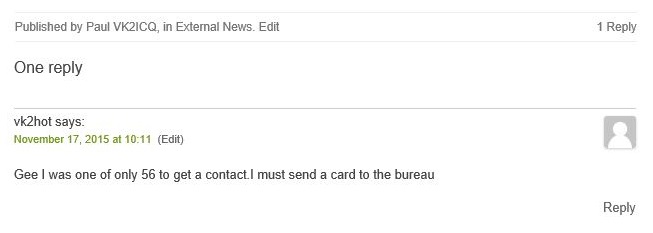 The imperfect bit (in my humble opinion) is that clicking the reply button in the bottom right of the above image will reply to the comment that’s been left (so in this case you’d be replying to Bruce VK2HOT’s comment) – not make a new comment on the article itself. If you want to comment on the article itself you need to click where it says ‘1 Reply’ (top right of the image) and fill out the form.
The imperfect bit (in my humble opinion) is that clicking the reply button in the bottom right of the above image will reply to the comment that’s been left (so in this case you’d be replying to Bruce VK2HOT’s comment) – not make a new comment on the article itself. If you want to comment on the article itself you need to click where it says ‘1 Reply’ (top right of the image) and fill out the form.

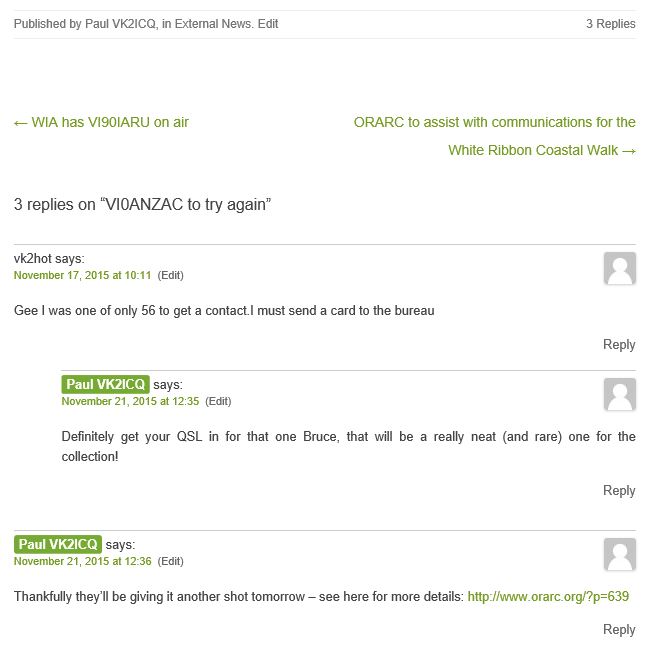 The top post is Bruce’s comment (well done too Bruce!) – the next (indented) post is my reply to Bruce’s comment and the bottom post is a new comment regarding the article (and is therefore not indented). Leaving a new comment on the above article would require you to click on the ‘3 replies’ at the very top right of the image. This should be familiar to anyone who’s worked with threaded discussion systems (once you get around the crappy wording).
The top post is Bruce’s comment (well done too Bruce!) – the next (indented) post is my reply to Bruce’s comment and the bottom post is a new comment regarding the article (and is therefore not indented). Leaving a new comment on the above article would require you to click on the ‘3 replies’ at the very top right of the image. This should be familiar to anyone who’s worked with threaded discussion systems (once you get around the crappy wording).